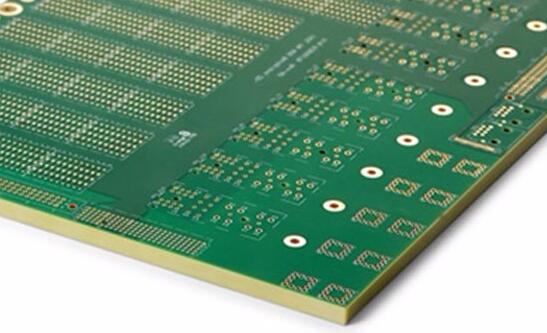The thickness of a circuit board has a significant impact on its performance, which is manifested in the following aspects:
Electrical performance: The thickness of a circuit board can affect its electrical performance, such as key performance indicators such as capacitance, inductance, noise, and common mode interference. Different application scenarios may require circuit boards of different thicknesses to meet specific electrical performance requirements.

2. Mechanical strength: The thickness of the circuit board can also affect its mechanical strength, especially in high-vibration, high-stress, or high-temperature environments. Matching the thickness of the circuit board helps to maintain the reliability and stability of the PCB.
3. Heat dissipation performance: Thicker circuit boards usually have better heat dissipation performance, which is especially suitable for high-power electronic devices because they generate more heat. An appropriate thickness of the copper layer can increase the heat dissipation area and improve the heat dissipation efficiency.
4. Current carrying capacity: For high-power electronic devices, the current carrying capacity of circuit boards is a key factor. A thicker copper layer can provide higher current carrying capacity, ensuring the stability and reliability of the equipment.
5. Stability: Thicker circuit boards can provide better mechanical support, reduce vibration and deformation, and enhance the stability of the circuit board. At the same time, it can also withstand greater mechanical stress, reducing the possibility of damage caused by external impacts and pressure.
6. Signal transmission speed: A thinner circuit board can reduce signal transmission delay and distortion, improve the frequency response of the circuit board, and make the product more suitable for high-speed data transmission scenarios. However, a circuit board that is too thin may increase resistance and inductance, reducing the quality and stability of signal transmission. Therefore, it is necessary to find a balance between signal quality and transmission speed.
Design factors affecting the thickness of circuit boards
1. Size, weight, and flexibility
Thin plates are lighter and more flexible than thick plates, but they are more prone to fracture due to their brittleness. Although flexible PCBs must be very thin to achieve their flexibility, applications that do not require flexibility may benefit from slightly thicker circuit boards for structural integrity. However, although thicker circuit boards are more sturdy, they are also heavier and occupy more space in the equipment.
2. Thickness of copper
The thickness of copper plays an important role in the overall thickness of PCBs. The thickness of the copper layer usually depends on the current required to pass through the PCB. The thicker the copper, the thicker the board.
3. Material
The operation and lifespan of a PCB depend on the selection of materials, but these choices can also affect the thickness of the board. Typical circuit board manufacturing includes substrates, laminates, solder mask boards, and wire mesh. Among them, laminates and substrates are the most important materials to consider, as they provide the structure of the board and greatly affect the overall thickness.
4. Number of PCB layers
The number of PCB layers will affect the thickness of the circuit board.
5. Signal type
PCB carries a wide range of signal types, which can determine the circuit board and required materials.
The thickness standard of circuit boards is mainly determined based on the application field, design requirements, and manufacturing process. Choosing the appropriate thickness of circuit boards is of great significance for the functionality, performance, and reliability of electronic product design and manufacturing processes.